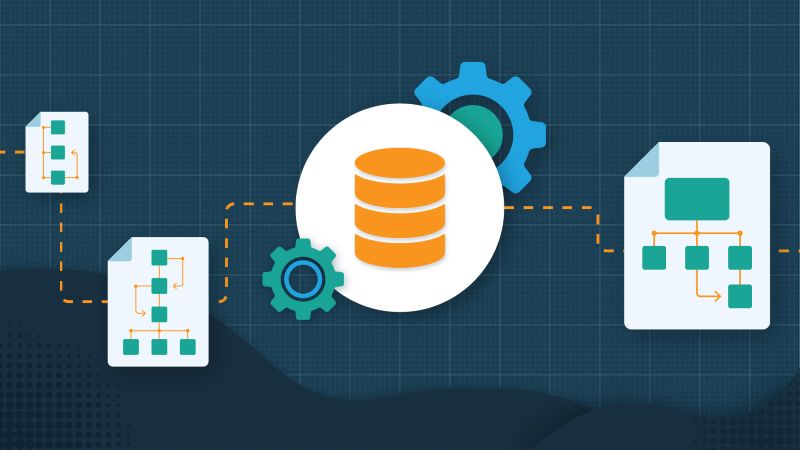In this three-part blog series, we dive into each component of the Definitive Guide to MDM Strategy. See the individual parts below:
6 key pillars for a successful MDM implementation:
Governance
The foundational pillar of an effective MDM strategy is governance. Governance covers a broad swath of efforts, making it somewhat hard to pin down. As a result, many organizations are not sure how to get started with governance and put off introducing it. However, waiting to introduce governance is less than ideal. In fact, it should really be the first thing you do after defining your business problem.
At the simplest level, governance is about forming a body of stakeholders from the business to provide oversight for data management and make decisions about how to handle data. To identify these stakeholders, you need to know who really cares about the data you’re managing and who is using it.
Once you identify your stakeholders, you can easily get a lay of the land (for example by determining which systems use the data in question and how they use that data) so that your stakeholders can start putting tools and processes in place to govern data management.
Why is Governance Important?
Governance helps ensure that sensitive information is handled as such and doesn’t end up in the wrong hands. It also provides guardrails for making decisions about how to manage data. The best way to illustrate the value of governance is to consider the challenges that crop up without it.
Let’s say you’re implementing MDM for the first time and have a question about a new data element for managing customer data. If that information already exists in your CRM system, should it stay there or should it live only in your MDM system? With proper governance in place, you will have the right people at the table to debate those questions and make a decision. Without governance, however, you wind up with IT taking a guess, and that guess may or may not be right. And if that guess is wrong, the decision can devalue your MDM program and cast doubt on its effectiveness.
The bottom line is, there will always be governance because someone needs to make data management decisions, but only active governance — where decisions get made by the appropriate stakeholders — will end up delivering the results you want.
What is the Objective of Governance?
The most important objective of governance for your MDM program is to provide an understanding of roles within the organization. For example, governance should identify who is in charge of implementing your MDM program, who manages the operations of it, who is responsible for making decisions about data, who measures performance and so on.
If you lack governance and don’t know who is in charge, then you’ll likely end up with data that gets used but is not managed. And when that happens, you not only decrease the trustworthiness of data, but you also expose your organization to risk (e.g. in cases where sensitive information gets exposed).

Eric Melcher
Eric has spent the entirety of his 15+ year career working in the enterprise information management space. As Chief Technology Officer, Eric is responsible for all aspects of product management, development and support for Profisee’s software portfolio.















